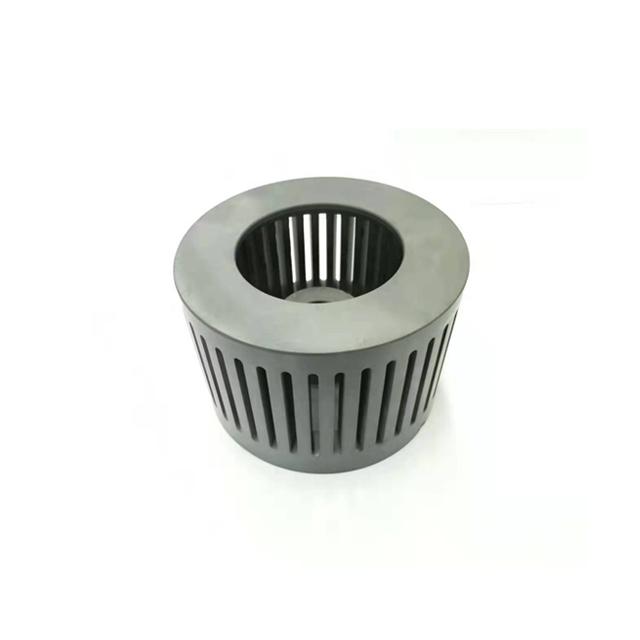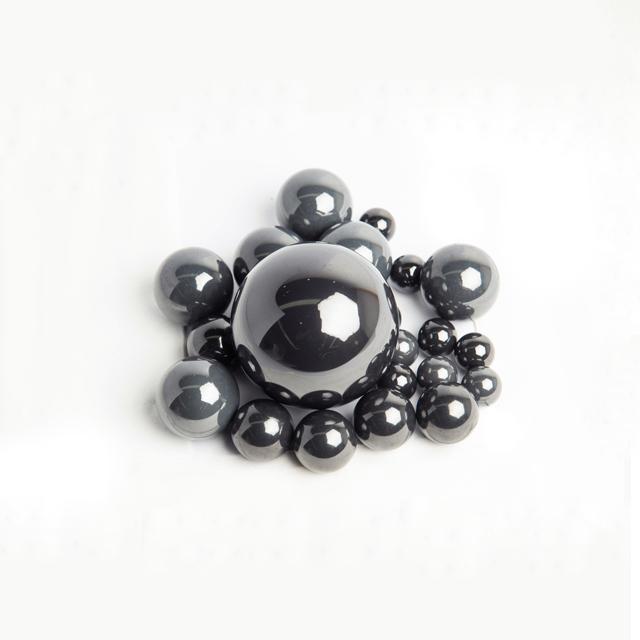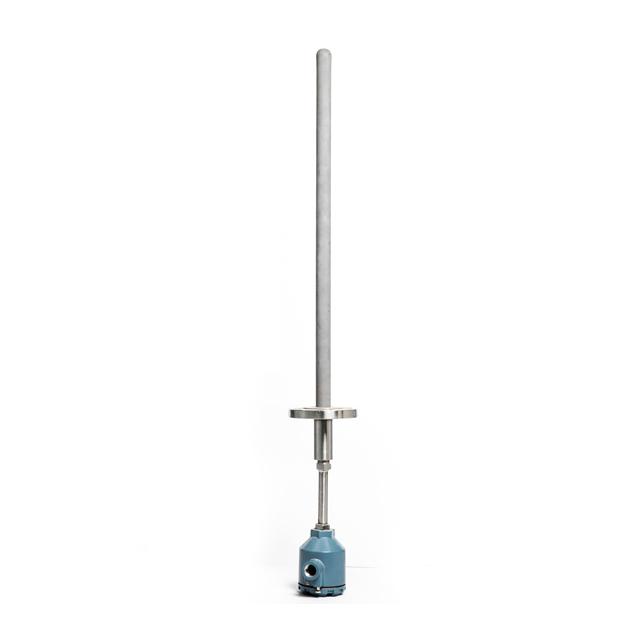Silicone rubber refers to a rubber whose main chain is composed of silicon and oxygen atoms alternately, and two organic groups are usually connected to the silicon atoms. There are many ways to classify silicone rubber, usually divided into solid silicone rubber and liquid silicone rubber according to the form before curing; divided into room temperature vulcanized silicone rubber according to vulcanization temperature, high temperature vulcanized silicone rubber; according to the monomer used, it can be divided into methyl Vinyl silicone rubber, methyl phenyl vinyl silicone rubber, fluorosilicone, nitrile silicone rubber, etc .; according to the performance and use, it can be divided into general type, ultra low temperature resistance type, ultra high temperature resistance type, high strength type, oil resistance Type, medical type, etc.
Silicone rubber refers to a rubber whose main chain is composed of silicon and oxygen atoms alternately, and two organic groups are usually connected to the silicon atoms. There are many ways to classify silicone rubber, usually divided into solid silicone rubber and liquid silicone rubber according to the form before curing; divided into room temperature vulcanized silicone rubber according to vulcanization temperature, high temperature vulcanized silicone rubber; according to the monomer used, it can be divided into methyl Vinyl silicone rubber, methyl phenyl vinyl silicone rubber, fluorosilicone, nitrile silicone rubber, etc .; according to the performance and use, it can be divided into general type, ultra low temperature resistance type, ultra high temperature resistance type, high strength type, oil resistance Type, medical type, etc.
Silicone products
Silicone rubber has good resistance to high and low temperature, heat insulation, insulation, moisture, corrosion, pollution and physiological inertness, and it has an irreplaceable role in aviation, aerospace, national defense, machinery manufacturing, building decoration, biomedicine and other fields.
Silicone rubber was first synthesized by the United States using ferric chloride as a catalyst. In 1945, silicone rubber products came out. However, the strength of unreinforced silicone rubber generally does not exceed 0.4 MPa and can hardly be used. To achieve the level of practical application, it must be filled and modified. It was not until 1948 that the development of silicone rubber reinforced with high specific surface area fumed silica (fumed silica) made the performance of silicone rubber jump to practical stage, laying the foundation for modern silicone rubber production technology. The countries producing silicone rubber from the synthesis of dimethyldichlorosilane include the United States, Russia, Germany, Japan, South Korea, and China.
Compared with common inorganic powder fillers (calcium carbonate, precipitated silica, etc.), after adding fumed silica (fumed silica), its strength can be increased up to 40 times, and the yield point modulus With an increase of about 10 times, the elongation and creep performance can also be significantly improved.
Fumed silica, also known as fumed silica, molecular formula: SiO2, is an extremely fine nanometer amorphous silica obtained by the condensation of halogenated silane in high temperature water in an oxyhydrogen flame. It has small particle size, large specific surface area, high surface activity, and has good reinforcement, thickening, thixotropic, anti-settling, anti-sagging, dispersion and other properties.
After research, it was found that the silicon hydroxyl group (Si-OH) on the surface of fumed silica can form a physical or chemical bond with the silicone rubber macromolecules, forming a silicon rubber molecular adsorption layer on the silica surface, which constitutes silica particles and silicone rubber molecules The integrated three-dimensional network structure effectively limits the deformation of the silicone rubber molecular chain, thereby achieving a reinforcing effect.
The hydrophilic fumed silica represented by HL-200 produced by has excellent reinforcement, thickening thixotropy, anti-caking, anti-settling, high transparency and other properties, and has a wide range of applications in industries such as silicone rubber.




